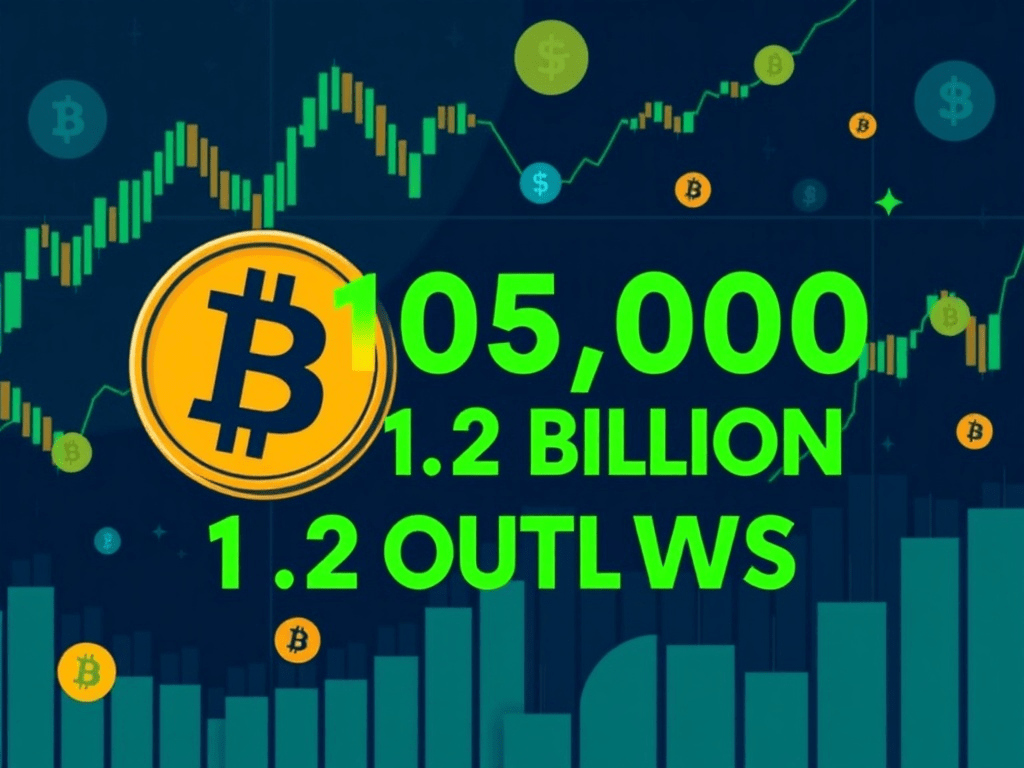Analysis from Matrixport indicated that seasonal factors led to a noticeable withdrawal of institutional capital from the cryptocurrency market during the summer, which was clearly reflected in Bitcoin-linked exchange-traded funds (ETFs). The company expects August to mark the fifth consecutive month of outflows, with a potential net withdrawal of $1.2 billion, making it the largest since February when outflows reached $3.5 billion.
In terms of technical analysis, CryptoQuant experts believe that the pivotal support range lies between $100,000 and $107,000, where the average cost of holdings for short-term investors intersects with the 200-day simple moving average. Breaking this range could open the door for further declines towards the $92,000 – $93,000 area, which in turn represents a key level for short-term Bitcoin holders (3–6 months).
From a market sentiment perspective, analyst Murphy points out that the $108,800 level has become a dividing line between bullish and bearish trends. Should the price fall below this level, short-term investors would incur paper losses, potentially shifting the psychological state from anxiety to panic and undermining the ongoing upward trajectory.
Glassnode data supports this view, showing a shift in overall sentiment from enthusiasm to caution. After Bitcoin touched $117,000 over the weekend, it quickly retreated to around $110,000, indicating weakened buying momentum and declining trader confidence.
Additionally, leverage ratios in the futures markets have declined, while funding rates have remained relatively stable, reflecting a tepid appetite among speculators. Concurrently, Bitcoin spot funds in the United States recorded outflows of over $1 billion last week, aligning with the drop in network activity and confirming the prevailing state of lethargy.
In conclusion, the Bitcoin market faces simultaneous pressures from liquidity withdrawal and declining sentiment, along with tests of technical support levels. Analysts believe that the upcoming path will largely depend on the stability of overall liquidity in global markets and whether there is room for further correction before regaining the upward trend.
At this stage, experts advise investors to maintain a cautious approach and flexible strategies, while monitoring long-term positive fundamentals that could support a gradual recovery when the monetary easing cycle returns.

